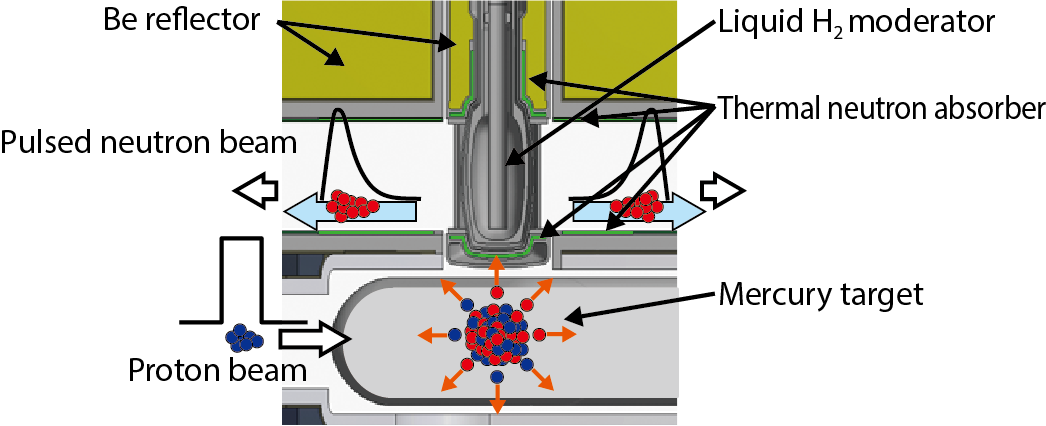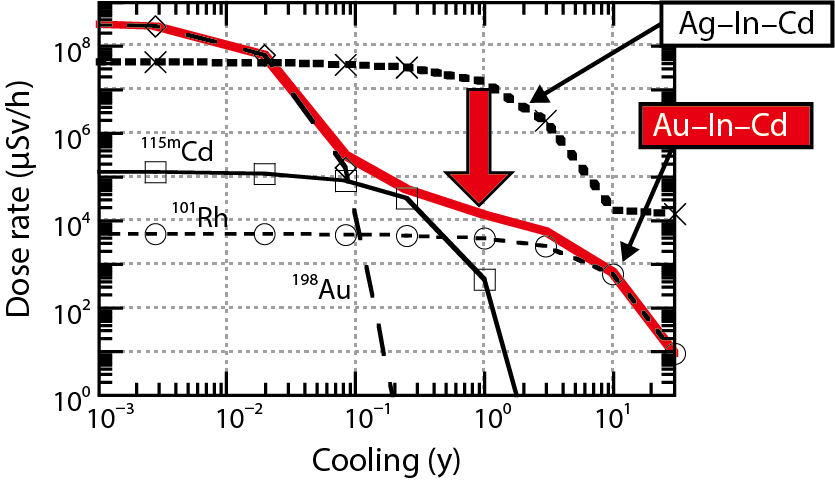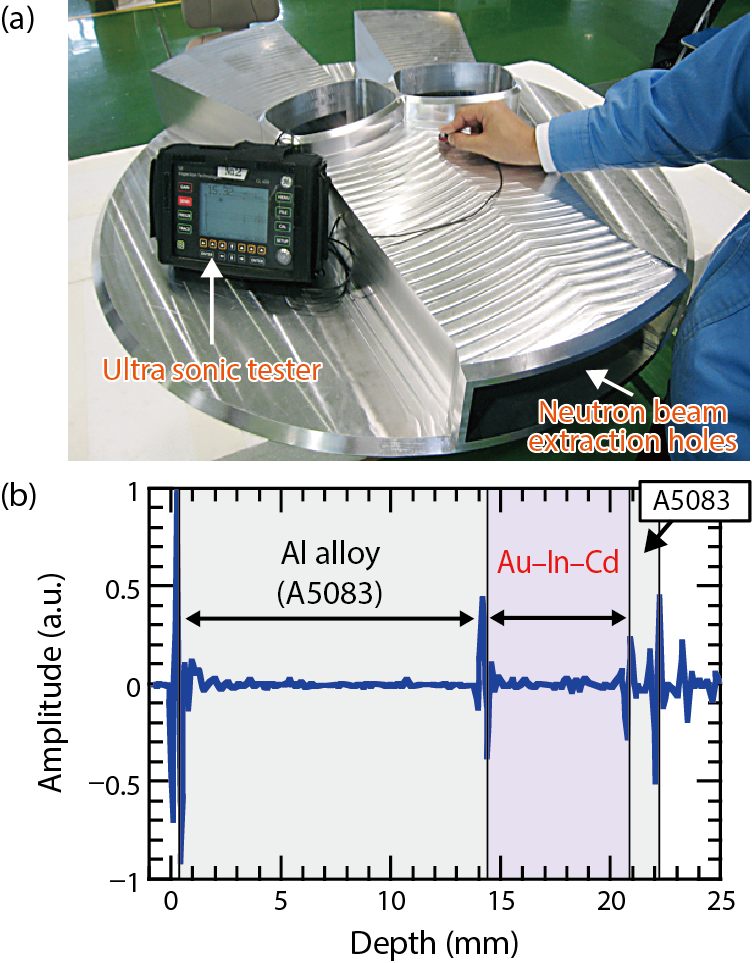
Fig.5-9 Cross section of a spallation neutron source

Fig.5-10 Radiation-dose rate of Au–In–Cd after 6 MW·y operation

Fig.5-11 Photograph of the machined parts of the reflector after an HIP process (a) and a typical result of the ultrasonic test between the Au–In–Cd and A5083 plates (b)
In the 1-MW spallation-neutron source at J-PARC, cold and thermal neutrons are created by slowing of the fast neutrons produced by injection of high-intensity pulsed protons into a mercury target. These neutrons are provided to investigate material structure and properties. In particular, narrow pulsed neutron beams with short tails are important for high-resolution neutron experiments, such as identifying slight changes in the diffraction peaks caused by small changes in residual stress. Thermal-neutron-absorber materials, which absorb late-coming slow neutrons far from the moderator during neutron-slowing-down processes, can be effective for producing narrow-pulsed neutron beams with short tails. Such materials are installed to encapsulate the moderator walls aside from the neutron-emission surface as well as along the inner surface of the neutron-extraction-beam holes in a reflector assembly, as shown in Fig.5-9.
For a 1-MW neutron source, a combination of materials with different neutron-capture-resonance energies, such as silver (Ag), indium (In), and cadmium (Cd), was successfully implemented as the original thermal-neutron absorber, resulting in a new world record for resolution in powder-diffraction measurements. However, there is a disadvantage to using Ag–In–Cd alloy for periodic replacement of spent moderator and reflector, because it produces high residual radioactivity under neutron irradiation, such as 110mAg (half-life (T1/2): 250 days) and 108mAg (T1/2: 418 years) after every 6 MW·y operation, which correspond to a lifetime of structural material of moderator and reflector.
Alternative materials that offer lower residual activities have been investigated. As shown in Fig.5-10, we identified gold (Au), which was found to result in a residual radioactivity three orders of magnitude lower than that of Ag without sacrificing neutronic performance in terms of peak intensity, pulse width, and pulse tail. We also succeeded in developing a homogeneous ternary gold–indium–cadmium (Au–In–Cd) alloy.
The Au–In–Cd alloy needs to be bonded tightly to the aluminum alloy A5083, which is one of the structural materials of the moderator and reflector, because the installed regions are exposed to high heating under 1-MW operation. To form an effective thermal and structural bond between the Au–In–Cd and A5083 alloys, a hot-isostatic-pressing (HIP) method was applied. We found the optimal HIP conditions (a temperature range of 530–540 ℃ at the bonding surface and a 1-hour holding time under 100 MPa) for a small test size (c.a. 100 g), resulting in a bonding strength three times higher than required. However, there were still critical engineering issues to be resolved, including the fabrication of large Au–In–Cd–alloy pieces and their bonding to full-sized structural materials needed in the reflector assemblies. The large heat capacity of the actual reflector parts with a total weight of 500 kg (as opposed to the small test pieces) would affect their internal-temperature profiles during the HIP process, and would ultimately fail to satisfy the optimal HIP condition in the bonding area between the Au–In–Cd and A5083 alloys. We performed thermal analysis to achieve optimal conditions in the bonding area for actual-sized pieces and confirmed the internal temperature profiles experimentally. Finally, bonding between Au–In–Cd and A5083 alloys was successfully achieved by applying the results shown in Fig.5-11.
New developments of Au–In–Cd thermal-neutron absorbers will contribute not only to easing the handling and disposal of spent moderators and reflectors by reducing residual radioactivity but also to the development of research based on high-resolution experiments using pulsed neutron beams on such subjects as material structure, phase transitions, and residual stress.